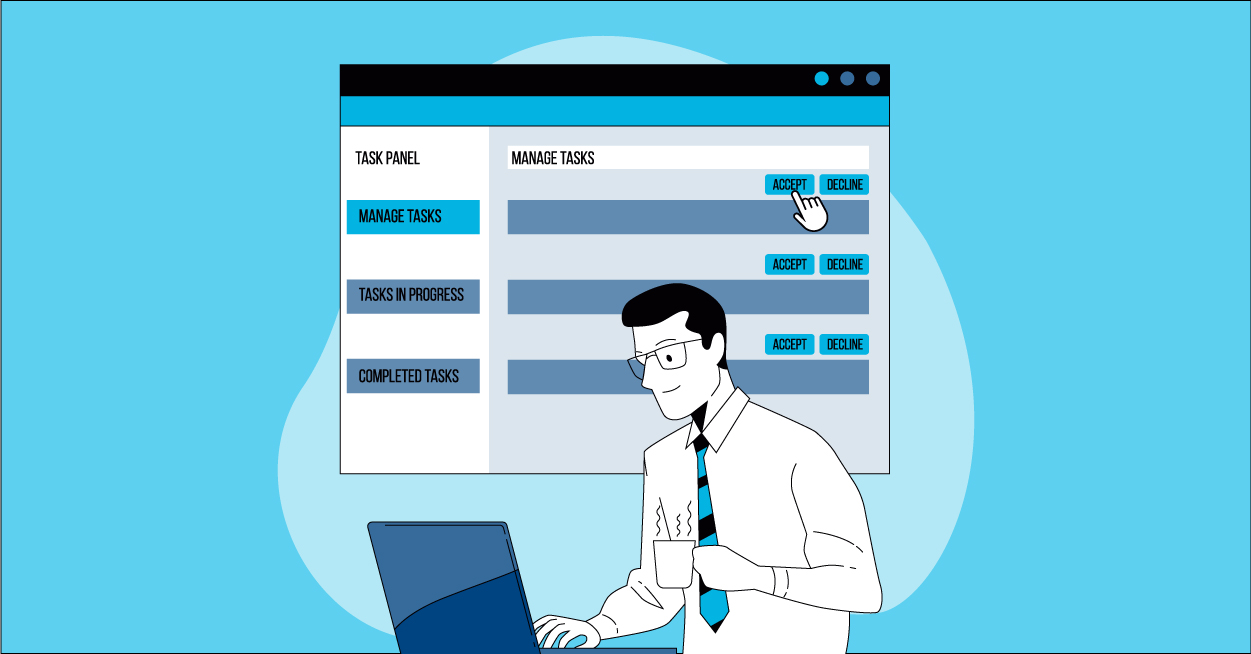What’s the difference between a test strategy and a test plan? How do you know when to use one or the other? This article will explain what each document does and when you should create one. We’ll also cover how the two are similar and overlap in their contents.
Test Strategy vs. Test Plan
Test strategy and test plan are two different documents. A test strategy is a high-level document that provides an overview of the tests and communicates the requirements and goals for a testing effort. The test plan provides details for the execution of a set of tests. Test strategies can serve as an outline for a test plan and vice versa, but it doesn’t have to be the case—they can exist separately from each other.
The differences between test strategy vs. test plan are subtle but essential. A test strategy communicates an overview of tests required and is used to share requirements and goals for a testing effort. This can be written as a one-page or two-page document and often describes high-level tests at a conceptual level without detailed steps or lists of resources needed. It may also include metrics that measure progress against those requirements or goals. A test strategy aims to set direction, outline the overall scope, and demonstrate alignment with organizational goals.
A test plan provides details for testing an application or system’s particular feature or functionality. It includes a testing approach, procedures and schedules, resources required, test environment specifications, and reporting requirements. A test plan should be detailed enough to allow someone unfamiliar with your project to understand what you will do and how you will do it.
The key distinction between a test strategy and a test plan is test strategies are geared toward technical audiences, including software testers and developers. A test strategy can focus on the process but also includes a detailed analysis of why certain methods were chosen to perform testing tasks.
Test plans and test strategies can be created as separate documents or combined. In general, a test strategy should be used to help determine what goes into a test plan. Once you have a list of tasks that need to be performed, determining who will do them and when it makes sense to run them can be done in a test plan. These documents are typically used together because one provides general guidelines on how tests should be performed, while the other specifies exactly how each task will occur within those parameters.
Advantages of A Test Plan vs. Test Strategy
Test Plan
The test plan is one of the key artifacts of a test strategy. A test plan should include all of your tests required to be executed, how they will be conducted and what resources will be needed. One advantage of having a test plan in place is that you can accurately estimate how much time it’ll take to complete testing. Another benefit of having a test plan is that you can track progress against each milestone and make modifications before moving on.
A test plan also includes information about who is responsible for testing and any supporting documents, such as a test case design. A test plan can be used to help keep stakeholders informed about how their product will be tested. Another benefit of having a test plan in place is that you can accurately estimate how much time it’ll take to complete testing.
When you have a test plan vs. test strategy in place, it’s easier to spot gaps and confirm that nothing has been overlooked. In addition, a test plan provides you with valuable information, such as what resources will be needed, which areas of your product will require testing, and how much time is needed to complete testing.
Test Strategy
A test strategy is about setting a goal, identifying ways to reach that goal, and putting procedures to achieve it. In short, it’s a plan of action that will get you where you want to go. In most cases, creating a test strategy makes more sense than creating a test plan. Here are some of its benefits
A test strategy outlines your goals and helps you decide on your plans to achieve them. It allows you to prioritize what’s most important, ensuring that limited resources are spent wisely. It also ensures continuity in testing when more than one person is involved in testing.
Using a test strategy to help you create a testing process allows you to run your tests in an efficient manner that is easy to maintain. It also keeps everyone on track when multiple people are involved in creating and executing test plans. A test strategy is also great for keeping testers focused on what’s most important, saving time by skipping unnecessary steps, and allowing testers to spend more time and energy on things that will get them closer to their goals.
Create Test Strategies From Test Requirements
How do you create test strategies from your test requirements? Often, people look at their test requirements like, “We need to execute all of these tests.” This is a common misunderstanding. A better way to look at testing is to create a strategy and plan for each requirement under testing. Each requirement has to be assigned resources for creation and execution.
Think of a requirement as a goal you want to accomplish by completing a test strategy. We have to ensure that each testing strategy achieves that goal and objective with every test requirement. That’s why understanding requirements is important in creating test strategies and plans.
The next step is to create test strategies for each test requirement. In order to create test strategies, we need to understand all of these test requirements. It’s easy to get carried away and execute more tests than needed for a particular requirement. However, just because you can execute your tests does not mean that you have an obligation or responsibility to do so. A small set of tests may very well be enough to satisfy a given requirement.
The Importance Of Creating A Work Breakdown Structure (WBS)
A Work Breakdown Structure (WBS) is an essential component of any project plan and can help us achieve a higher level of accuracy, precision, and control during testing. If done correctly, a test strategy or test plan will include some type of WBS. Think of a WBS as both structure and scaffolding used to define work elements and relationships between work elements.
A WBS can be used to represent a hierarchical view of project work or a detailed list of tasks. Both perspectives provide different levels of detail about activities and deliverables associated with achieving project goals. This also makes it easier to determine the required resources for accomplishing any specific task.
Your test strategy and test plan can take advantage of a WBS in many ways, such as organizing information about requirements, test conditions, tests, etc. It can also help create a timeline for our testing process and measure progress toward achieving project goals.
Writing test strategies and test plans can help ensure all aspects of your software are properly tested. Your team can use both to ensure QA has all of the information they need to complete testing.




%20(1).png?width=150&height=69&name=MuukTest-logo---light-background%20(3)%20(1).png)
